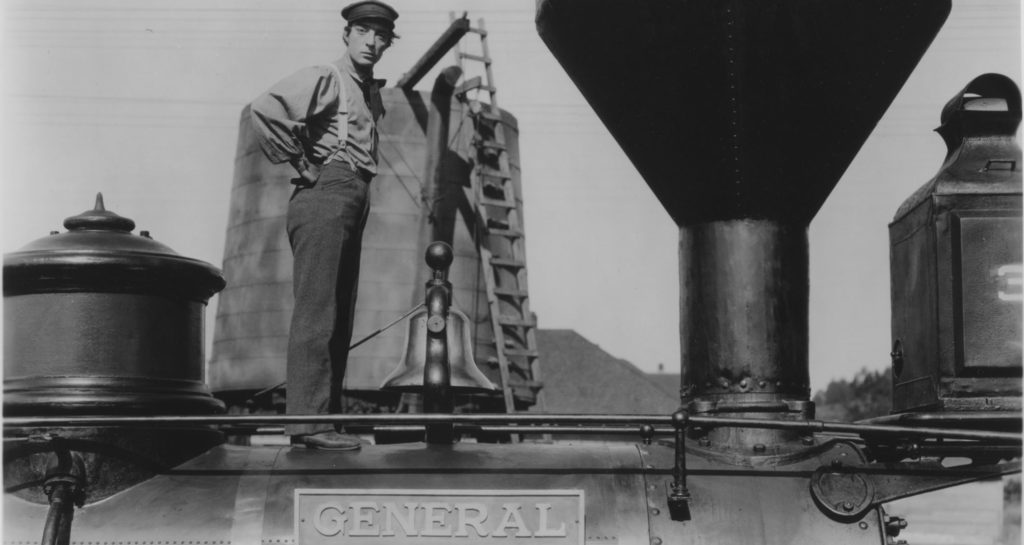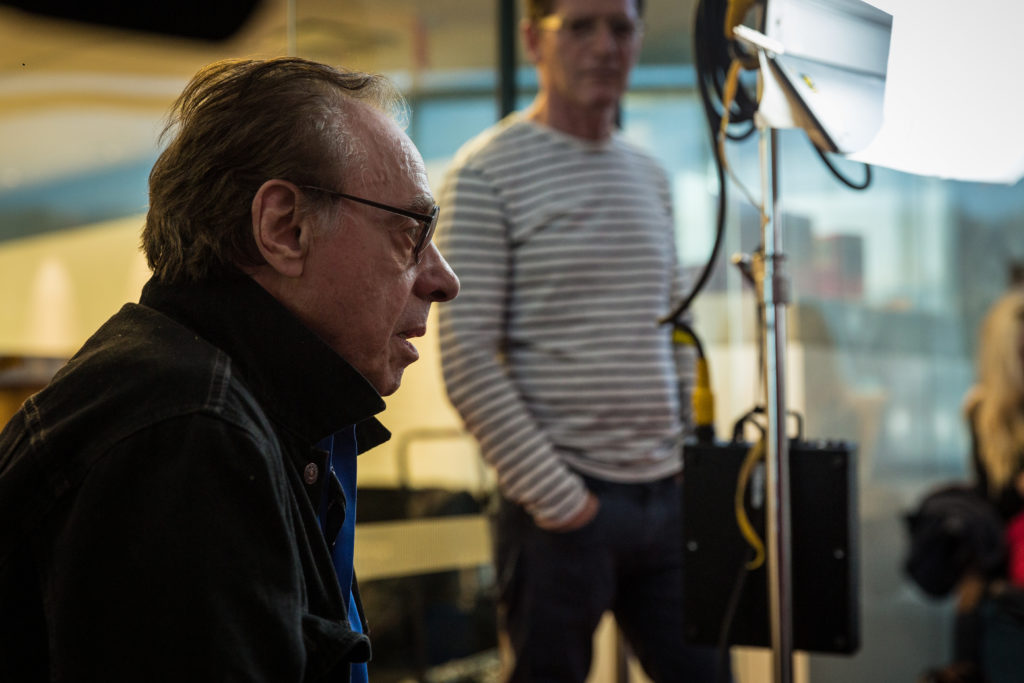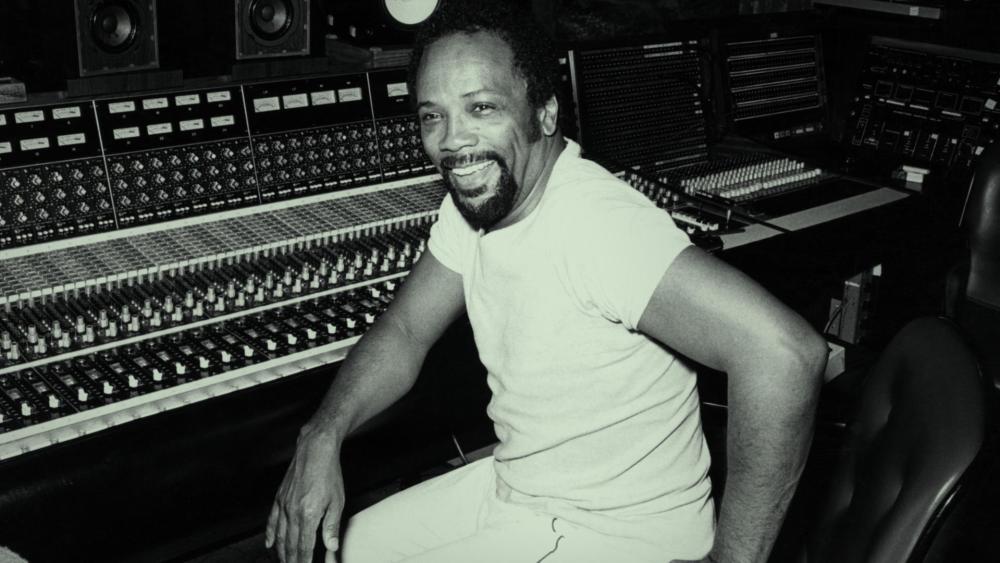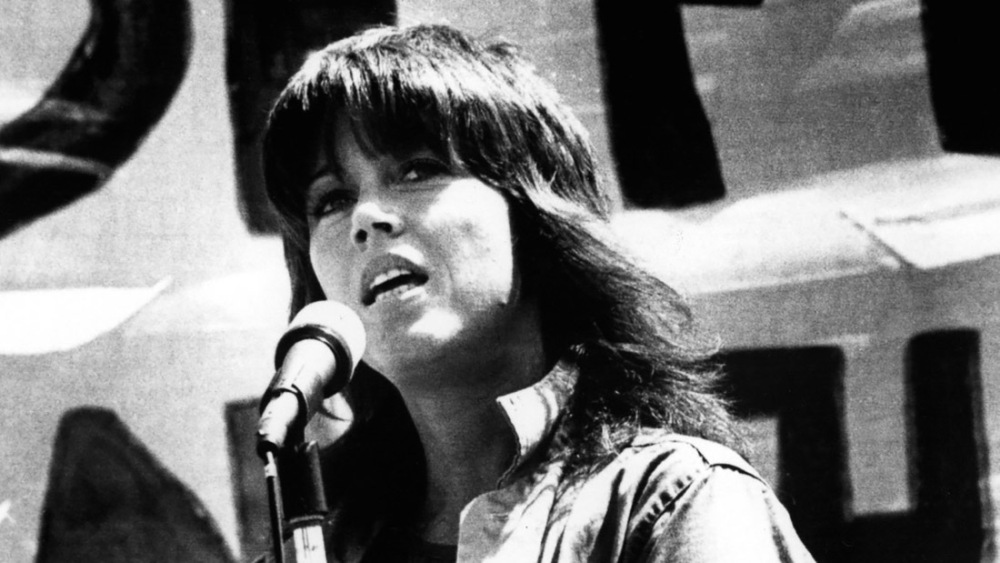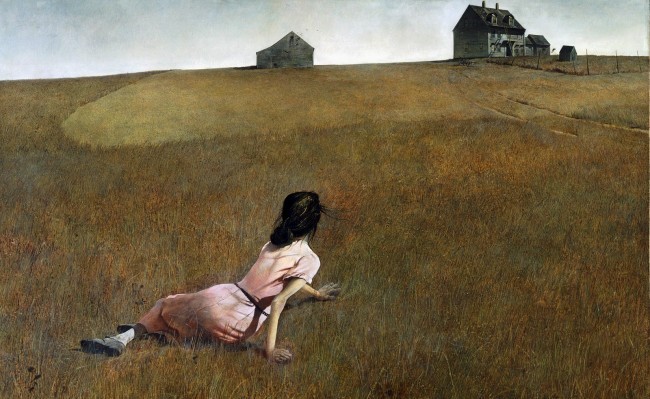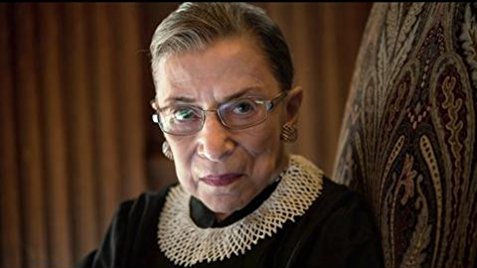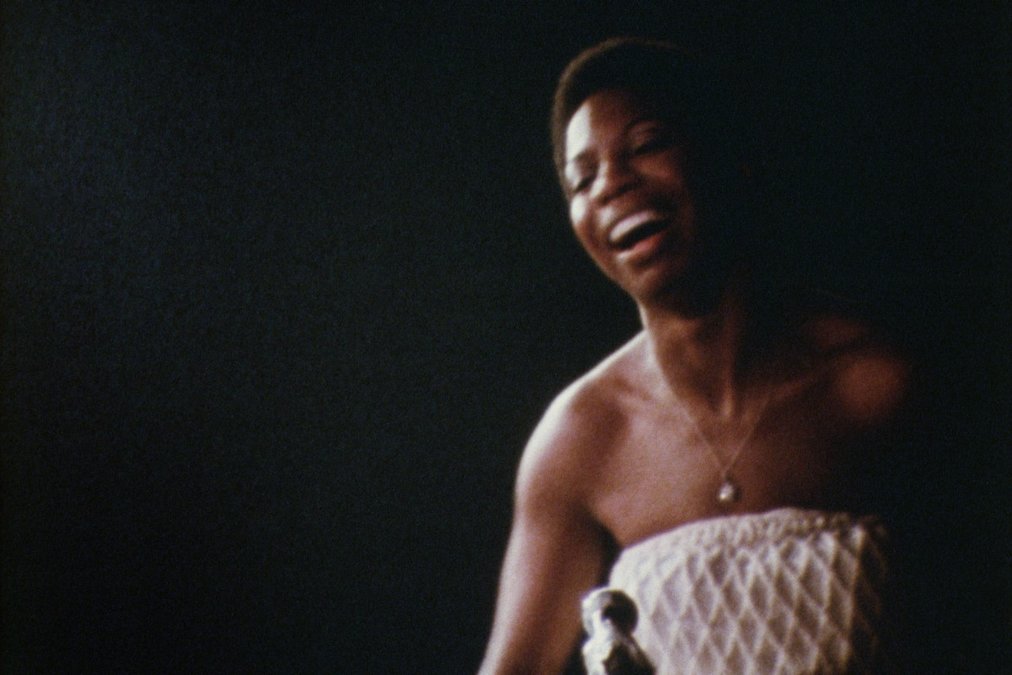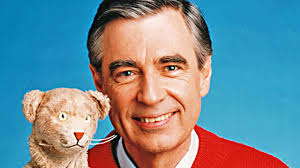
On Saturday night, PBS will broadcast Won’t You Be My Neighbor?, the surprisingly moving biodoc of Fred Rogers, the originator and host of the PBS children’s program Mr. Roger’s Neighborhood. In theaters, this movie submerged audiences in their hankies.
Of course, Won’t You Be My Neighbor? tells the story of the show. But, more than that, it relates Rogers’ fierce passion for the plight of small children, and his need to protect them and help their emotional development.
What is so surprising is that Rogers’ sometimes laughably gentle affect sprang from such internal ferocity. It turns that Rogers was a man who hated, hated, hated the moral emptiness and materialism of commercial children’s television.
His need to help children through difficult times drove him to explain the word “assassination” the day after RFK was killed. And to demystify, clarify and normalize divorce and a host of other potentially child-traumatizing topics. Utterly unafraid of (most) controversy in a timid medium, he was first and foremost the champion for small children, a cardigan-clad champion.
I am immune to Mr. Rogers nostalgia because I am too old to have watched the show as a kid, and it was no longer a first-run show when my own kid came of age. So I was surprised to find myself choked with emotion when Fred Rogers explained to a very skeptical Senator John Pastore the need to “make it clear that feelings are mentionable and manageable”. As Rogers recited the lyrics of his song about having feelings and staying in control, Pastore visibly melted (and so did I).
In Won’t You Be My Neighbor?, Rogers’ family and his TV crew reveal their insider views of Rogers and his show. The origins of the characters, the puppets, the songs and themes are explained. But the core of Won’t You Be My Neighbor? is that Fred Rogers resolutely believed that every small child is deserving of love and has value, a view which has sadly become controversial among some.

